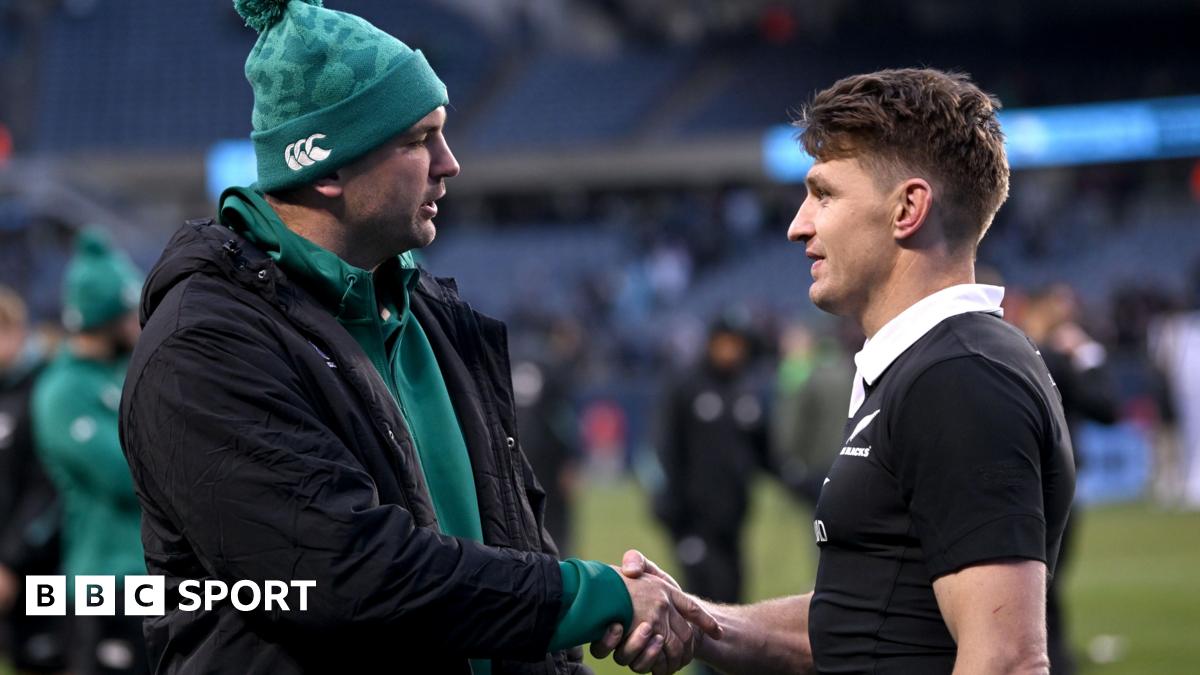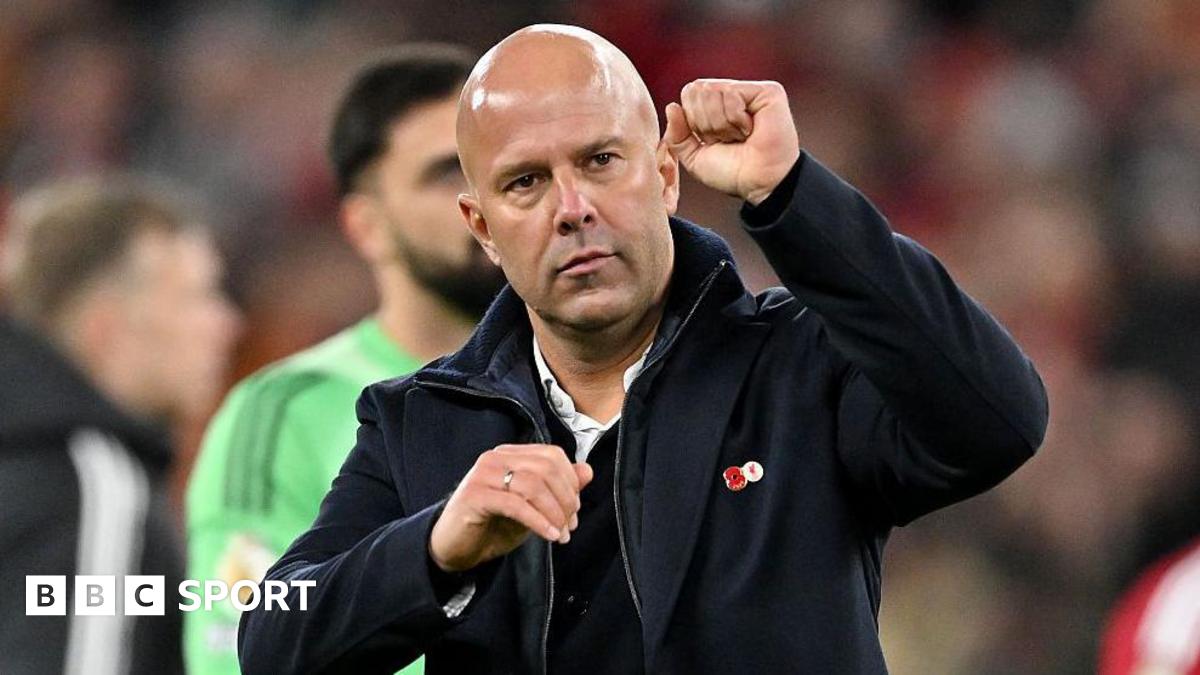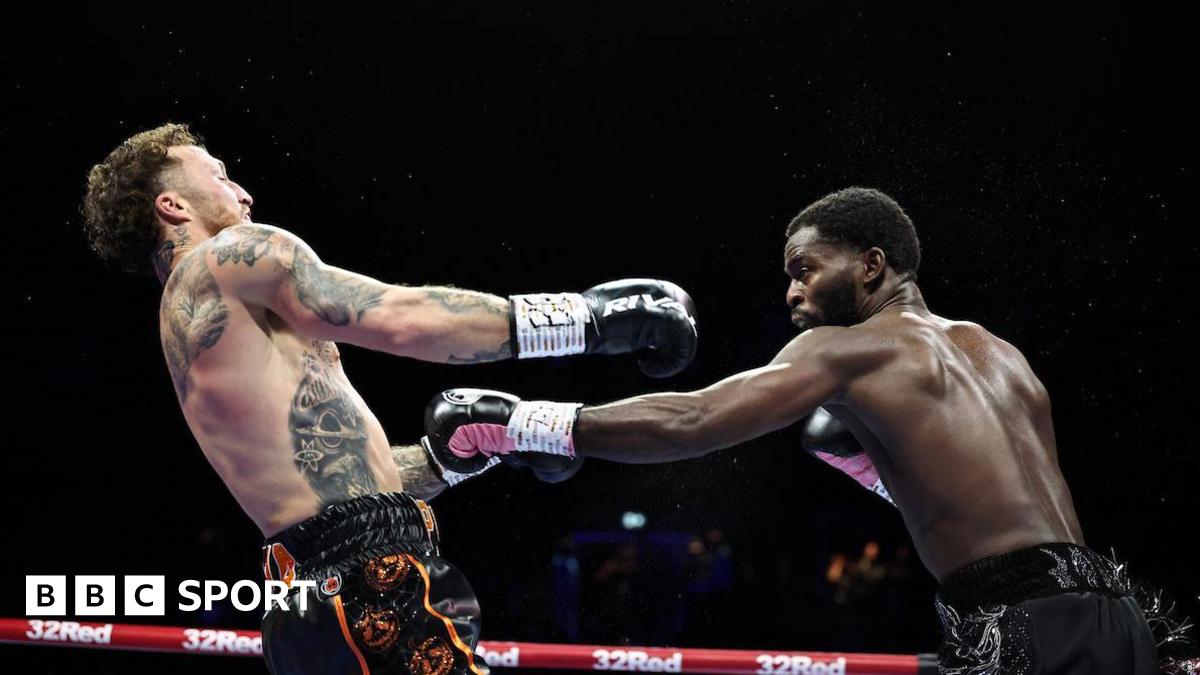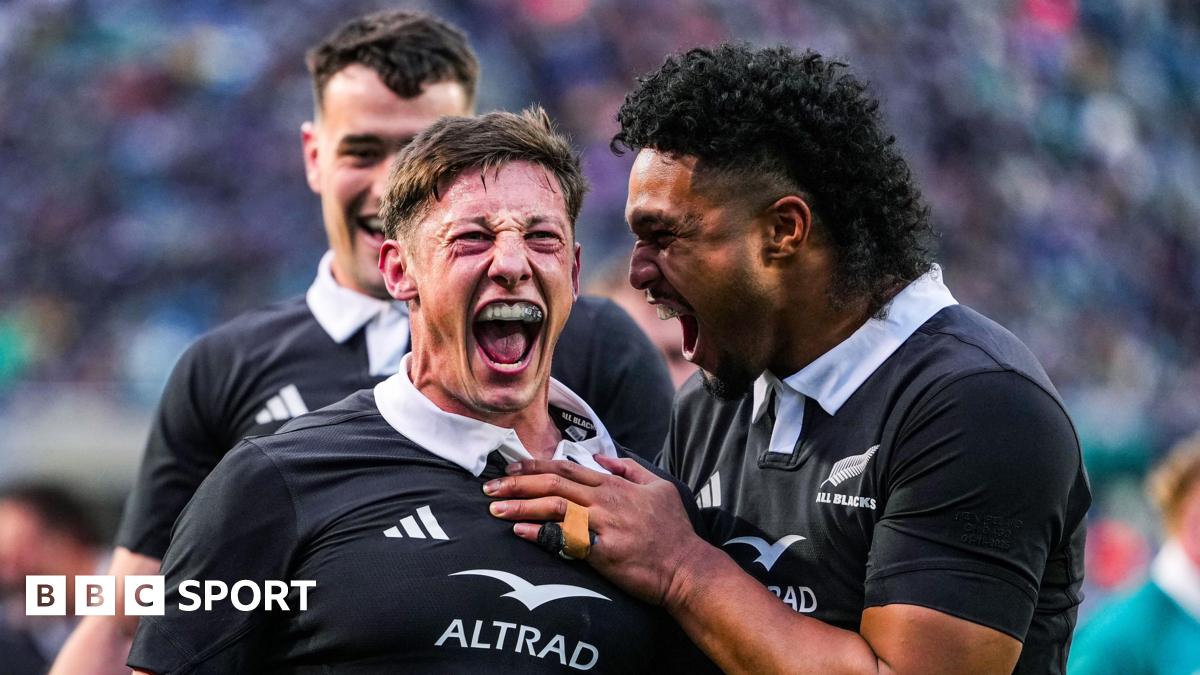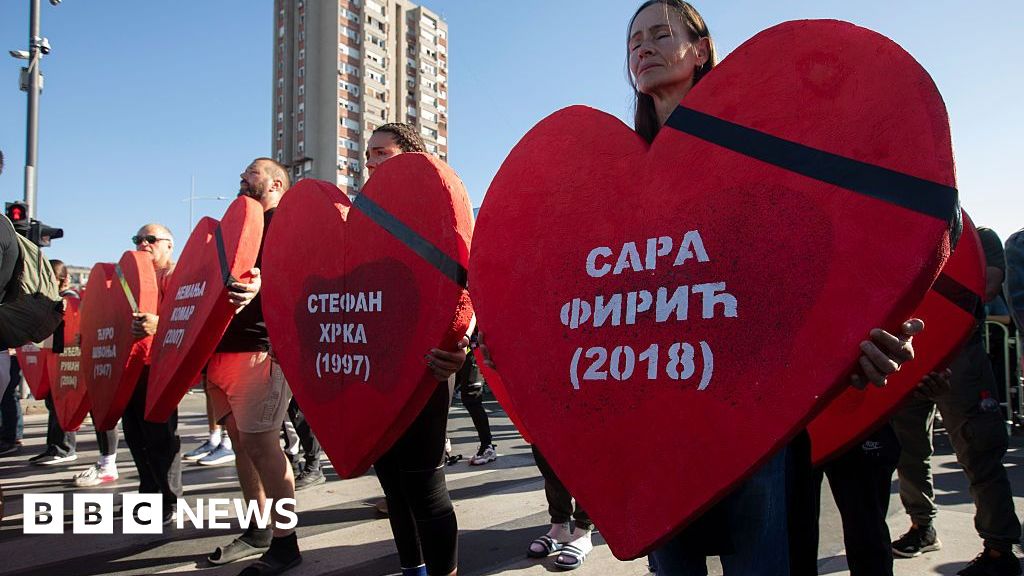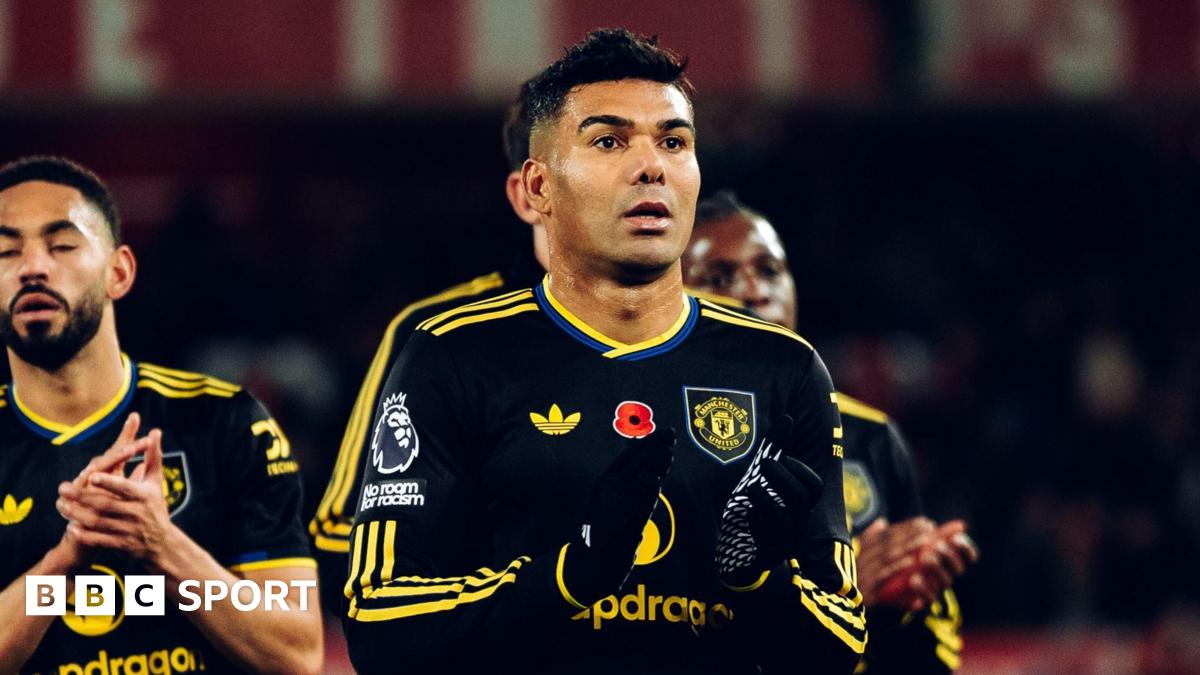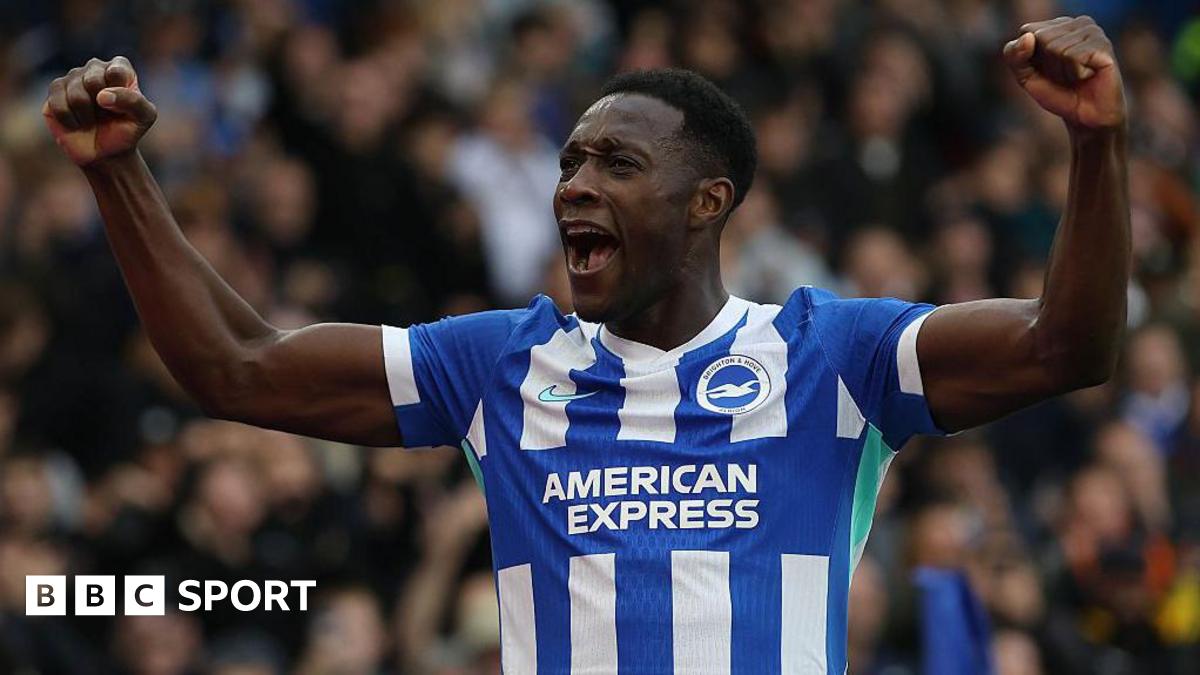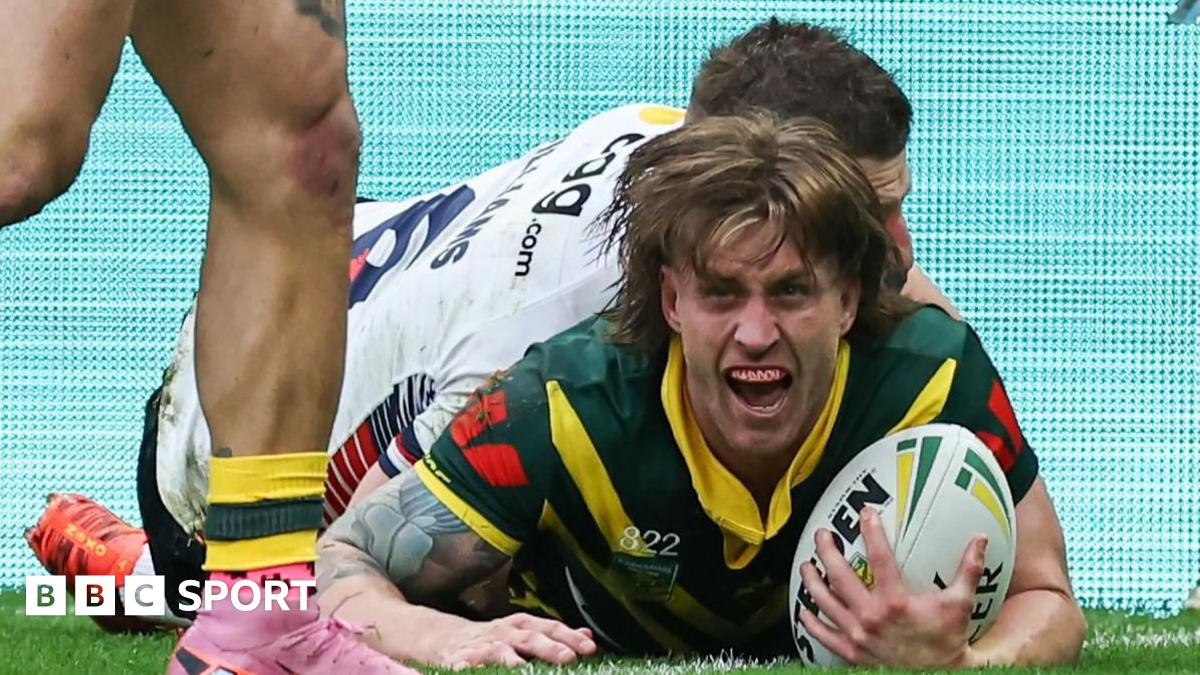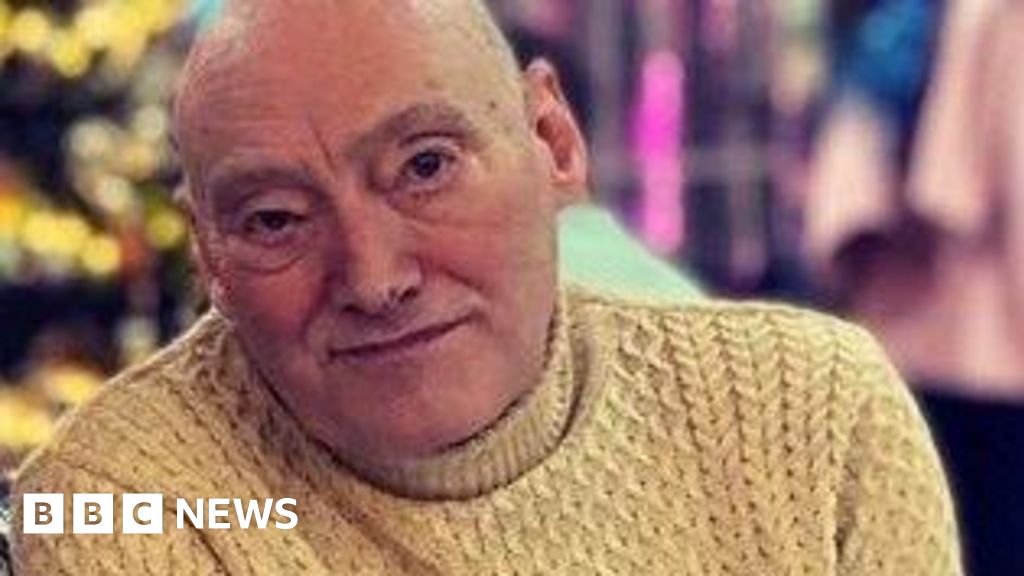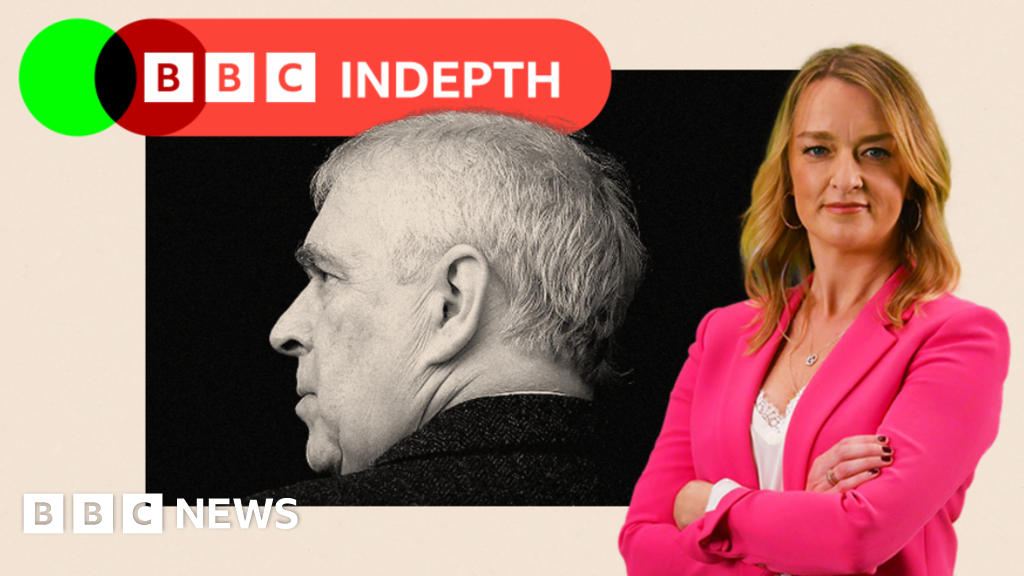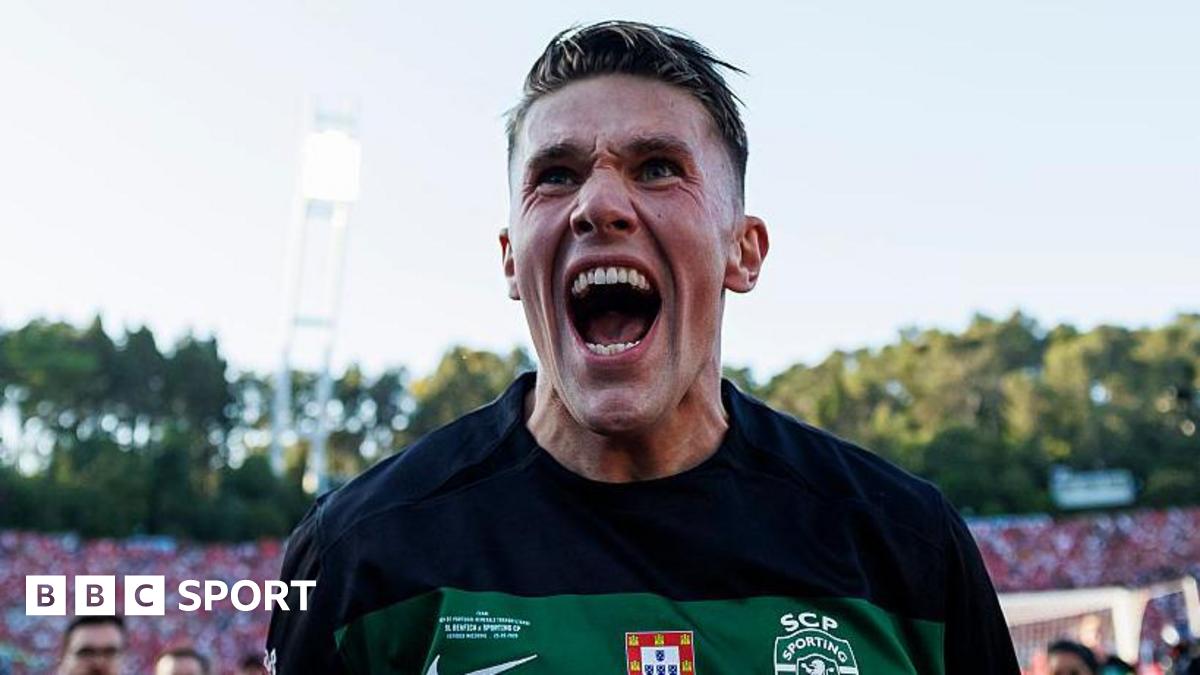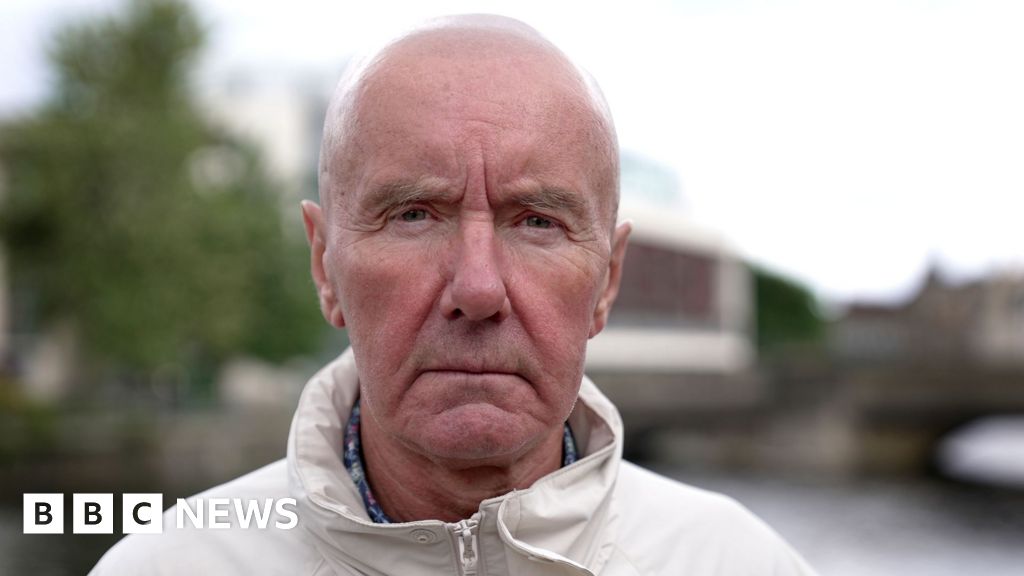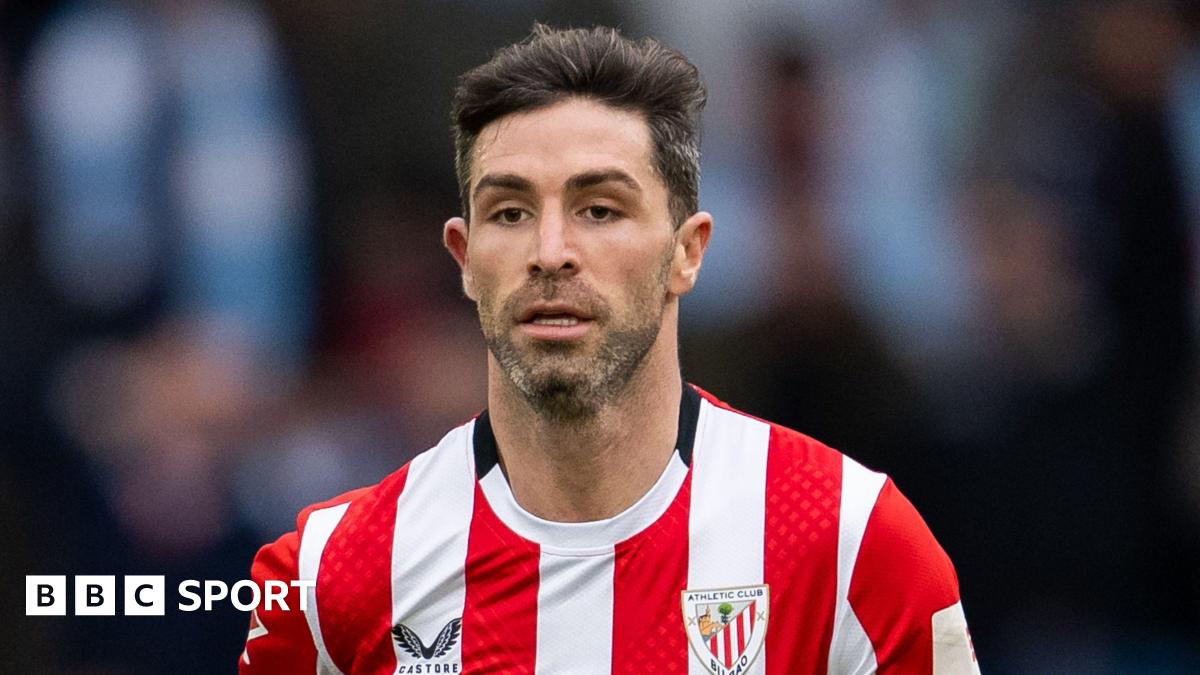Hybrid players are a bit like concept cars - glitzy, intriguing ideas but, when push comes to shove, coaches have invariably chosen something more reliable and conventional to actually go from A to B.
Eddie Jones talked up the possibility during his time as England coach. He thought wing Jack Nowell could work as a flanker. He posited that Tom Curry and Sam Underhill might head in the opposite direction and play in the backline.
But Jones never followed through on the idea. The division between backs and forwards remained. Orthodoxies survived.
But Jones' successor Steve Borthwick might be the one to finally take the plunge.
Earlier this week, he flagged Ben Earl and Guy Pepper as midfield options and floated the possibility of deploying fellow back row Henry Pollock as a wing.
"Maybe, maybe not it will happen this autumn," he said of a switch to starting centre for Earl.
"It's certainly a factor I'm considering. He's spent so much time training with the backs and you can see his skillset and his pace."
If it is going to happen during this run of Tests, then next week against Fiji - rather than against New Zealand or Argentina - would be the obvious opportunity.
The win over Australia will further tempt Borthwick to chance his arm.
In a little over 50 minutes on the pitch, Earl was England's second-highest metre-maker, racking up 77m and streaking in from distance for the game's opening try.
Pollock, who replaced Earl off the bench, made 52m and similarly revelled in broken field, swerving outside full-back Andrew Kellaway for England's second score.
The Northampton tyro's chip, chase and score against Sale last season, external showed a remarkable skillset.
Both he and Earl have a back catalogue of carries - full of pace, as well as power - to be tested full-time behind the scrum.
Their jackalling threat would only be accentuated in the wide, open spaces.
Given the defensive differences and positioning complexities, it would still be a grand tactical gamble, however. As Borthwick's soft launch has shown.
The England coach is experimenting with Tommy Freeman, more usually a wing, as a starting outside centre. The idea debuted in the Six Nations thrashing of Wales.
It didn't always look convincing against the Wallabies.
A prime chance to release Immanuel Feyi-Waboso outside him went begging as Freeman's wing instinct kicked in - he held tight and took contact.
But Freeman largely subdued Joseph-Aukuso Suaalii opposite him and is now two from two at 13.
England's search for versatility and flexibility is necessary to keep pace with the trends of the modern game.
France threw flanker Oscar Jegou into the centres in Dublin earlier this year and came away with a fine victory. World champions South Africa have made Kwagga Smith and Andre Esterhuizen masters of several trades and unlocked blockbuster power off the bench.
England's attempt to copy that Springbok tactic worked, as they accelerated away from an admittedly underpowered Australia in the final half hour.
"I did think that the bench made a difference from England," said Australia coach Joe Schmidt.
"They really did step up the level of intensity and the physical combat that they brought."
Similarly England won the aerial battles that mattered, with Tom Roebuck creating England's first tries with smart tap-backs.
With chasers now guaranteed a route to that contest under last year's law tweak, it is another crucial area to get right.
Two years out from a World Cup, Borthwick and his evolving coaching team is attempting to pull all those pieces together to create a winning picture.
Some unusual fits might yet be needed to complete it.
And this autumn is the time to try them out.

 5 hours ago
4
5 hours ago
4

